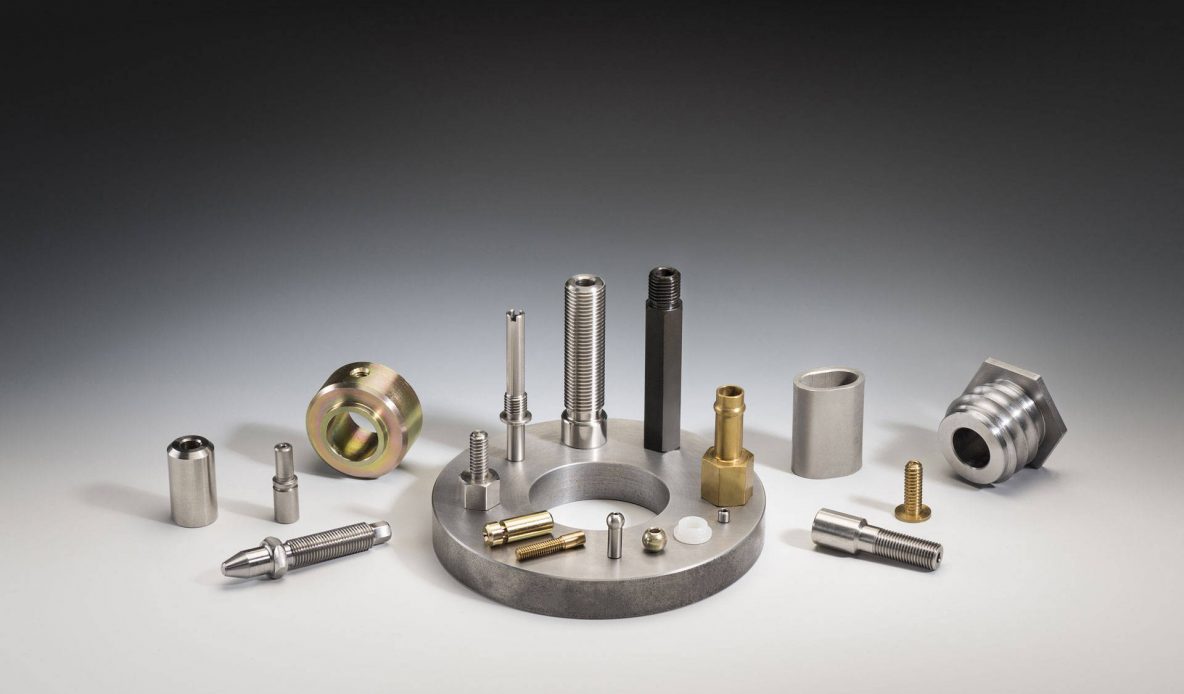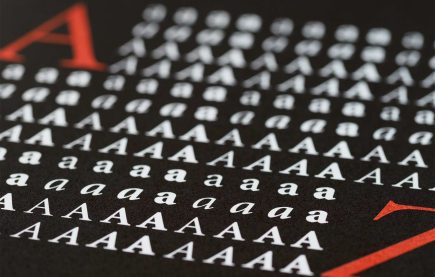
Why Custom Video & Photos Impact Branding & Earn Business
Snap Judgements
First impressions are made in an instant: When viewing a website, it takes users less than two-tenths of a second to form a first impression, according to recent eye-tracking research conducted at Missouri University of Science and Technology. Because we, as humans, are visual learners—65 percent of the population is made up of visual learners, reports the Social Science Research Network, and 90 percent of the information transmitted to the brain is visual, according to the Visual Teaching Alliance—web designers have figured out what makes users stick around and click around. One of our solutions: striking, high-quality videos and imagery on a well-designed website. Therefore, having your homepage open with a visually striking image or custom video is key.
The Rise of the Visual
We’re not the only ones to think this. A recent Entrepreneur article reports jobs for photographers have grown by about 22 percent thanks to the fact that employers are “finally understanding the importance of high-quality pictures on their landing pages,” and the demand for video editing saw a 19 percent increase for the same reasons as photo jobs!
Get Reel
Video on your homepage offers a dynamic look and feel; it’s inviting, it’s engaging, and to top it off, it’s different, making you stand out among your competition’s stagnant sites and piquing your users’ interest. Above is a quick clip of the custom video we shot and edited for a local delicatessen’s new website. For the full video, click here.
Custom video footage is even better, making your website authentic and experiential. It puts the user in the moment and helps them understand your business and your story better. Plus, 59 percent of senior executives say that if both text and video are available, they prefer to watch the video. If that isn’t enough for you, Forrester Research estimates that a single minute of video content is equivalent to 1.8 million words, while having a video on a landing page makes it 53 percent more likely to show up on Pg. 1 of Google, says Mist Media. Kind of hard to argue a video’s worth there.
Stock is a Crock
We feel the exact same about high-resolution original or custom imagery. One of the worst things you can do is accidentally—or purposefully—deceive your audience. If you’re using stock images you risk A) embarrassingly using the same images as your competitors, making you blend in rather than stand out, and quite possibly make you look less legitimate because you’re photos are noticeably “fake,” or B) misrepresenting or misleading your audience.
Ever check out a restaurant website and see beautifully plated dishes and white-clothed tables, then you get there and the food and atmosphere doesn’t match up with the online photos? That’s exactly what we’re talking about. You feel duped and you’re automatically left with a sour taste in your mouth. You’ll probably never go there again.
Prevent this from ever happening to your prospects. Opt for custom imagery where appropriate!
Pro Tips for SEO
Custom imagery aside, there are some added SEO benefits to be had when it comes to your web images. While Google can’t recognize whether your images are stock or original, Google does rank sites based on speed; make sure your images are sized properly and optimized as recommended in Stat #6 in our previous blog. That said, we also tend to replace homepage videos with a single image on mobile sites to keep the site quick and nimble. Other tactics for making images SEO friendly include giving your images detailed, informative file names. Instead of 010.jpg or Product_1.jpg, call it yellow_easter_lily.jpg. You should also include alt text for each image. This provides Google with useful information about the subject matter used to determine the best image to return for a user’s query.
Bringing It All Together
The images you use and the videos you show are a part of your overall branding. How you integrate them on your site becomes a part of your digital strategy. They help you rank better in search engines. They tell your story. They leave a first and lasting impression.
Now we ask you: What do your visuals say about you?



